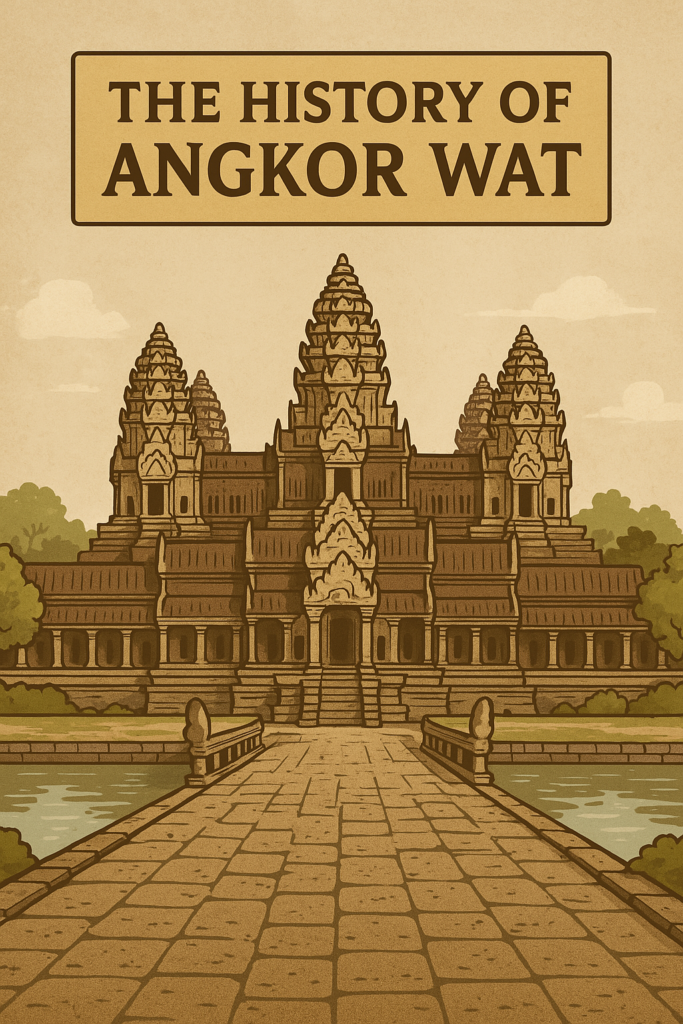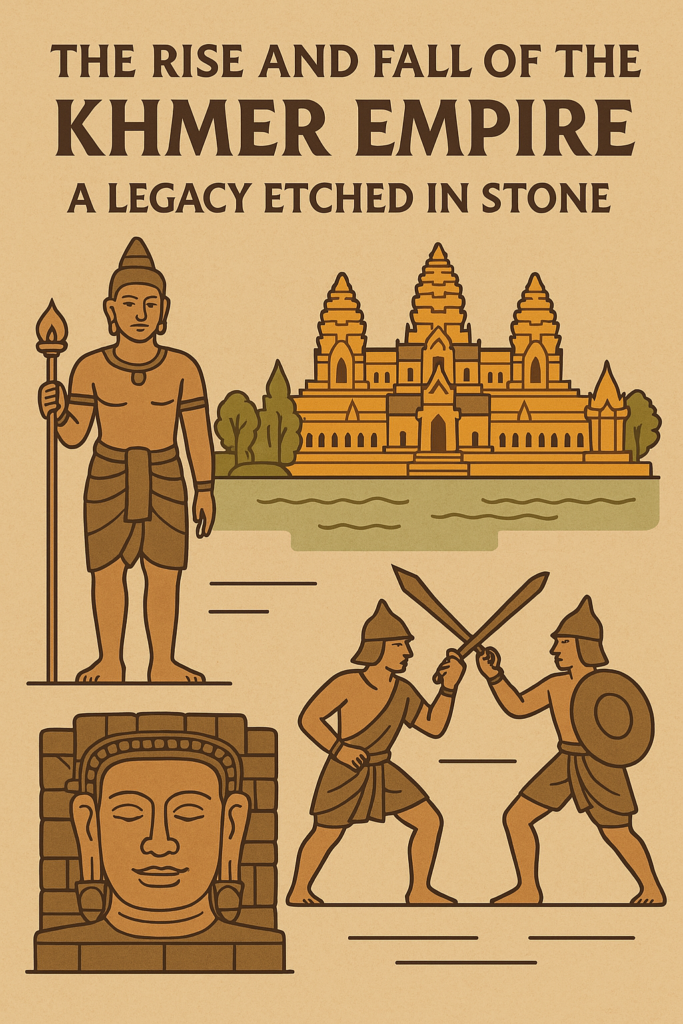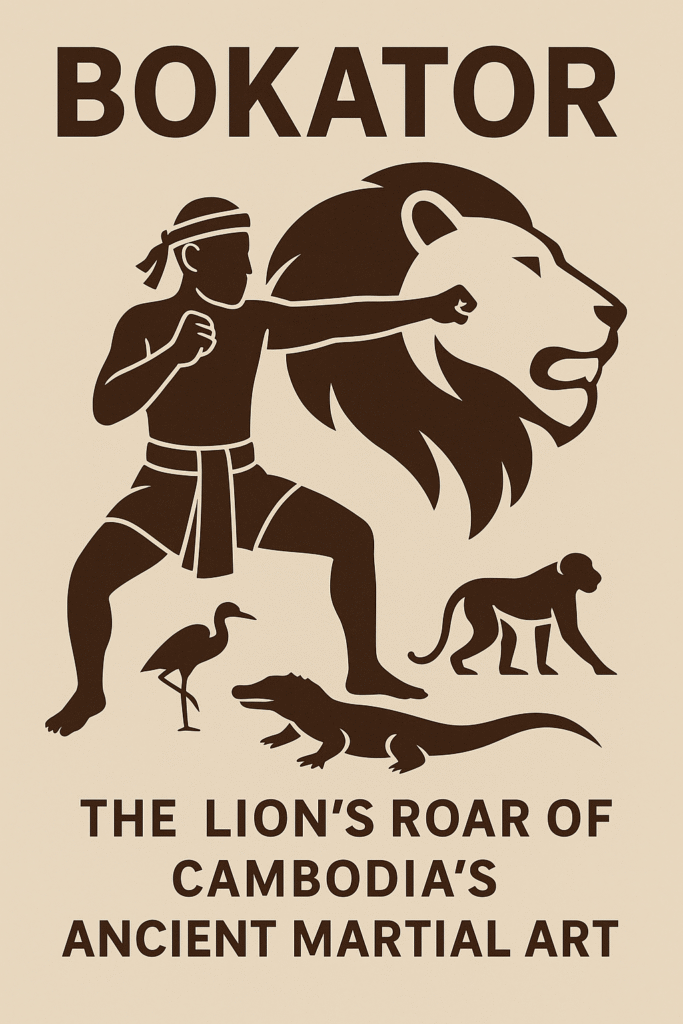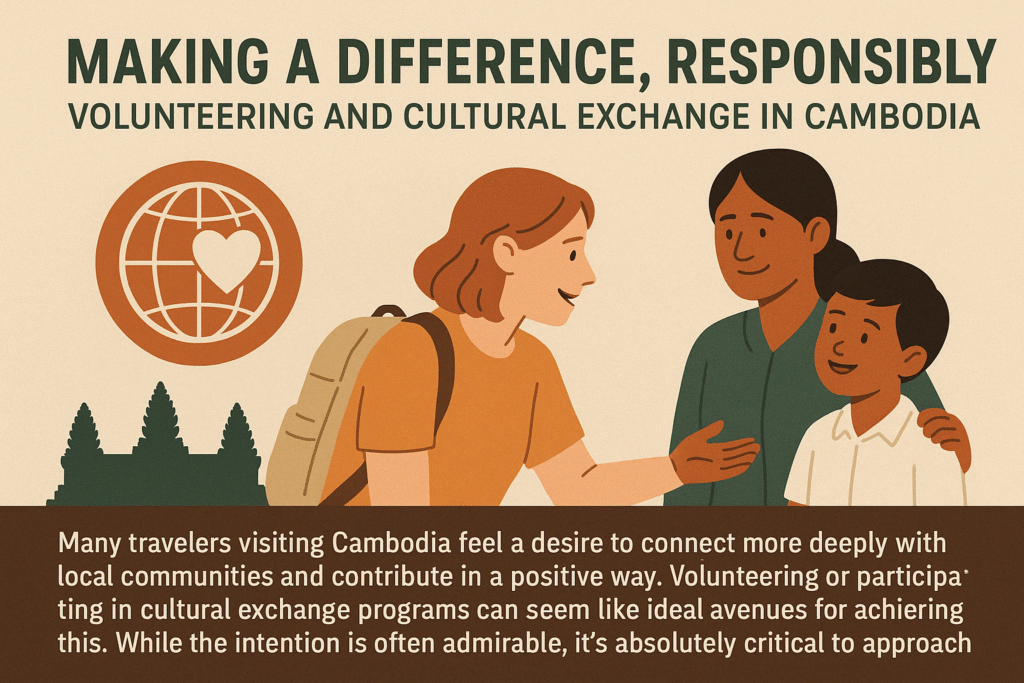March 29, 2025
The Significance of the Mekong River in Cambodian History: Lifeblood of a Nation
The Mekong River, known in Khmer as Tonle Thom (“Great River”), is more than just a waterway flowing through Cambodia—it is the lifeblood of the nation, deeply intertwined with the land, the people, and the soul of Khmer culture. For thousands of years, the Mekong has nourished civilizations, sustained economies, inspired spiritual beliefs, and shaped the identity of Cambodia. In this article, we explore the many dimensions of the Mekong River’s historical, cultural, and ecological significance—from ancient times to the present. The Mekong River as a Lifeline for Ancient Khmer Civilization Long before the rise of Angkor, the early Khmer











